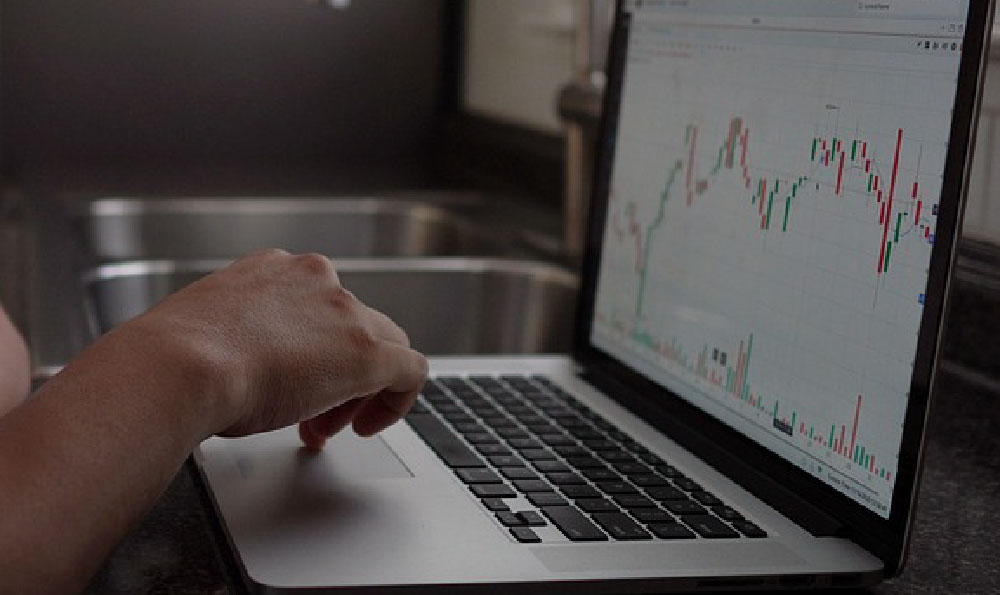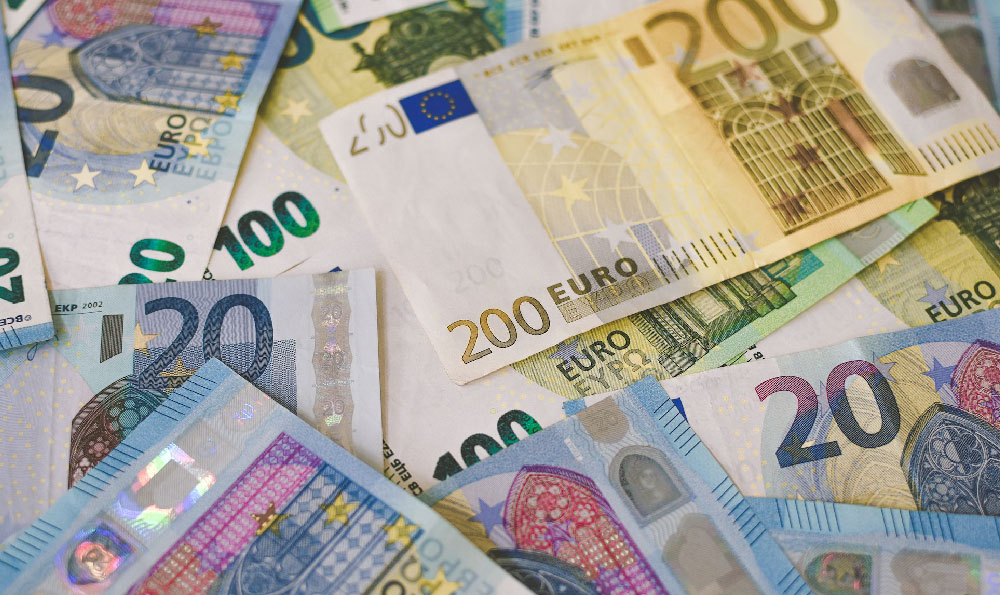Crafting your own money box is a rewarding endeavor that combines creativity, practicality, and a touch of financial awareness. It's a tangible way to encourage saving habits, especially for children, and adds a personalized touch to your home. The beauty of making a money box lies in its versatility – you can tailor it to your preferences, using readily available materials and embracing various design aesthetics. Let's delve into the process of creating a unique and functional money box, exploring the materials you'll need and the steps involved in bringing your vision to life.
The materials you'll require depend heavily on the design and complexity of your money box. One of the simplest and most accessible options is to repurpose an existing container. An empty coffee can, a sturdy cardboard box, a glass jar, or even a plastic bottle can serve as the foundation for your money box. This approach promotes sustainability by giving new life to discarded items. If you opt for a recycled container, ensure it is clean and free from any residue or sharp edges.
For a more robust and long-lasting money box, consider using wood. Plywood, balsa wood, or even reclaimed wood scraps can be transformed into a beautiful and personalized savings vessel. Wood provides a sturdy base that can be easily customized with paint, stain, or intricate carvings. However, working with wood requires basic woodworking tools and some experience. You'll need a saw (hand saw or power saw), sandpaper, wood glue, and potentially a drill for creating the coin slot.

Beyond the primary container material, you'll need materials for decoration and personalization. Paint is a versatile choice, allowing you to add vibrant colors, intricate patterns, or personalized messages to your money box. Acrylic paints are generally recommended as they are durable, water-resistant, and readily available. Alternatively, you can use spray paint for a smooth and even finish.
For a more tactile and textured look, consider using fabric, felt, or yarn. These materials can be glued onto the money box to create interesting patterns, add a cozy feel, or even create character-themed designs. Felt is particularly easy to work with as it doesn't fray and can be cut into various shapes and sizes.
Other decorative elements include buttons, beads, glitter, stickers, washi tape, and even small toys or figurines. The possibilities are endless, limited only by your imagination. Consider the recipient of the money box when choosing decorations – a child might appreciate bright colors and playful characters, while an adult might prefer a more sophisticated and minimalist design.
Essential tools for creating your money box include scissors, a craft knife (for cutting intricate shapes), a ruler or measuring tape, a pencil or marker for sketching designs, and various types of glue or adhesives. Hot glue guns are useful for quickly attaching decorations, while craft glue or wood glue are better suited for bonding larger surfaces. Consider using a non-toxic glue, especially if children will be involved in the crafting process.
Creating the coin slot is a crucial step in making a functional money box. For cardboard or plastic containers, you can use a craft knife or scissors to carefully cut a slot large enough to accommodate coins and folded bills. Ensure the edges of the slot are smooth to prevent injury. For wooden money boxes, you can use a drill or a saw to create the slot. Consider reinforcing the area around the slot with extra layers of material to prevent it from weakening over time.
The construction process will vary depending on the materials you choose. If you're using a recycled container, you'll likely focus on decorating the exterior. Start by cleaning the container thoroughly and removing any labels or adhesive residue. Then, sketch out your design on the surface and begin applying your chosen decorations.
For wooden money boxes, you'll need to assemble the box first. Cut the wood pieces to the desired dimensions using a saw, then sand the edges to create a smooth finish. Apply wood glue to the edges and clamp the pieces together until the glue dries completely. Once the box is assembled, you can add decorative elements such as paint, stain, or carvings.
Regardless of the materials you use, it's important to allow sufficient drying time for the glue and paint. Rushing the process can result in a messy or unstable money box. Once everything is dry, inspect the money box for any sharp edges or loose decorations. Secure any loose items with extra glue or adhesive.
To personalize your money box, consider adding a label with the recipient's name or a special message. You can also create a custom design that reflects their interests or hobbies. For children, consider adding educational elements such as numbers, letters, or pictures of animals.
Making a money box is a fun and creative project that can be enjoyed by people of all ages. By choosing the right materials and following a few simple steps, you can create a personalized and functional savings vessel that will encourage good financial habits for years to come. Remember to be creative, experiment with different techniques, and most importantly, have fun! The result will be a unique and cherished item that reflects your personal style and promotes financial responsibility.












